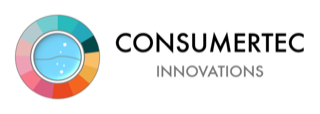The new Stain Removal Index in Virtual Realities (SRI-VR) is the unique feature of the commercially available web app Laundry-VR. For the first time in the industry there is an index that combines cleanliness lab readings with consumer-relevant garment's irregularities/textures and dinginess levels. We now consider shadows, creases, bottoms, seams, and redeposition of body and other soils to quantify cleanliness perception.
The new SRI_VR aligns with the final perception of cleanliness in actual clothes and scenarios when consumers evaluate washing results. The last values are between 2 to 5 units higher than the original lab readings.
Main implications:
- Reach more sustainable goals. In the current paradigm of non-consumer relevant detergency studies (consumer irrelevant test monitors, lab protocols and readings), new sustainable and environmentally friendly materials appear costly and have less performance. Changing the paradigm to a more consumer-centric approach using tools like SRI-VR will uncover sustainable options that offer enough performance to consumers with no detriments in the brand’s margins.
- Expand the cleanliness related brand' claims. New evidence appears when using consumer-relevant dingy monitors capable of being nearly thoroughly washed in the first wash in combination with SRI-VR, which quantify the level of stain remotion as consumers perceive in the actual garment visual environment. Consumers will probably link more brands’ claims to tangible benefits.
- Balance of ingredients and margins improvements. Evaluating formulation’s ingredients with a consumer-centric approach helps balance product’s margins in two ways: prescinding of materials with no consumer's benefit, and including materials with apparently low consumer benefit. In the end, reaching the final purpose to balance business profits with consumer's benefits perception in actual diverse and flexible regional laundry scenarios.
More information about SRI-VR on https://www.consumertec.com/consumertec_br/laundry_vr_br.html#SRI-VR






